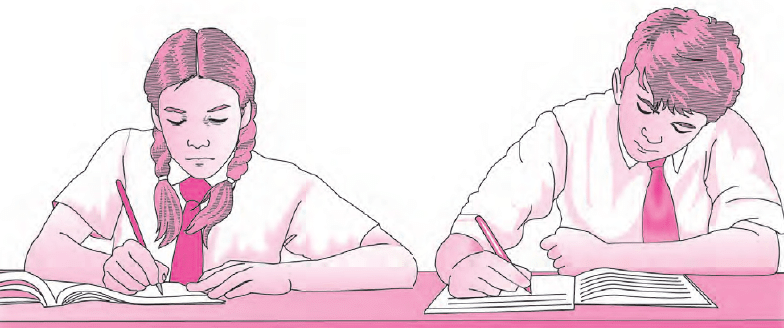Introduction to Story Writing - Class 10 PDF Download
The Art of Story Writing
Anyone can tell a story. It is true that some people can do it better than others, but all of us tell stories almost every day of our life. In fact, most of everyday communication is in the form of narration. We tell each other what we have done. We talk about what others have done. We retell the story of a film we have seen or a book we have read. We relate an incident we have seen or retell a joke we have heard. Yes, anyone can tell a story. With a little care and planning, anyone can tell a story effectively.
Like any other piece of composition, a story has a beginning, a middle and an end. It is a complete whole. It opens the door for you; then it leads you through the plot; and finally, it shows you out at the exit. You walk out happy and satisfied and a door gently shuts behind you.
How a story begins is very important. The beginning should catch the reader’s attention and urge him to read on. It should set the scene for the action and the mood. But you don’t always have to start a story at the beginning. Maybe you want to start in the middle, and this method has an advantage : the action starts right away. But you have to be careful when you do this. The sequence of events in the story should not get confused. And you have to fill in the beginning as the story develops.
A story is the narration of action. The most natural way of narrating a story is to give the events strictly in the order in which they happened; one event leading naturally and logically to the next.
The events in a story often fall into a few clusters of happenings. Each cluster will have unity of time, place and action. Each cluster should be put into a paragraph. Each paragraph should tell one particular part of the story.
The story must have a background in which the plot takes place. This background is usually set at the very beginning. It is sometimes done through descriptions of the place, the season, the time, etc. These descriptions should be rich in sensory impressions. The reader should see, hear, smell, taste and feel the atmosphere.
A story is about people we call characters. It tells what these characters do, how they feel, what they say, etc. These characters must seem to be alive and doing things. They should not be just moving through the story like puppets. They must look like people we see in real life. They must be believable. Each character should have traits which would distinguish him from the other characters in the story. The way he talks, the way he feels, the way he reacts to things must be distinctly his own.
A storyteller usually reports in his own words what the characters say. But if this is done throughout the story, it can become monotonous. Quoting the actual words of the characters at times will breathe life into the story.
A story must have a natural and definite ending. It should not just stop abruptly, leaving the reader in the air — unhappy, dissatisfied and wondering. The ending should give the feeling of completeness like the final knot on a garland of flowers.














